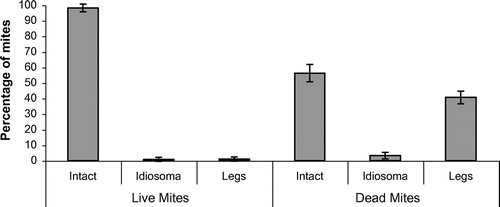Figures & data
Figure 1. North County Dublin is outlined in blue. It is bounded by the Irish Sea to the east, counties Meath and Kildare to the west and the river Liffey and the inner suburbs of Dublin City to the south.
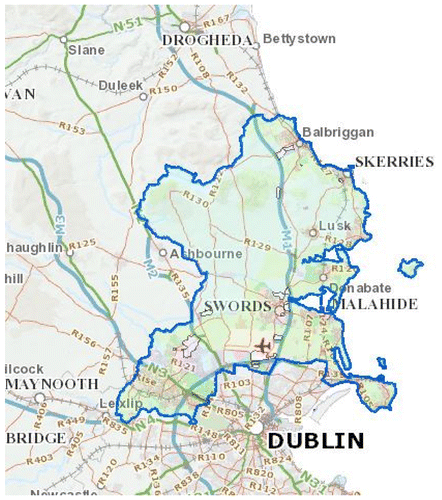
Figure 2. An arch stone dated 1689 from Bremore Castle, Balbriggan adjacent to St. Molaga’s church in North County Dublin, which appears to depict a monk on the right holding a skep with bees flying towards it.
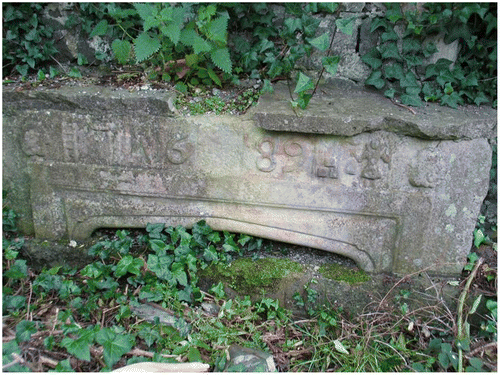
Figure 3. Schematic of parasite-host interaction. The diagram shows how a balance (or tolerance) can arise due to variability in parasite virulence and host susceptibility (from McMullan, Citation2012). The initial infestation of colonies by varroa mites will typically start on the right with colonies dying due to high mite virulence and low honey bee resistance (high susceptibility). Over time, in untreated colonies, reducing mite virulence and increasing honey bee resistance will be selected resulting in a balanced relationship.
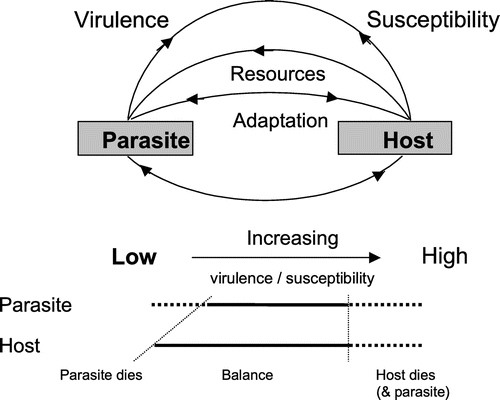
Figure 4. Varroa mite-fall for five colonies in North County Dublin. Average daily natural mite-fall (±SD) for each half-month over a twelve-month period, April 2016 to March 2017 (n = 5) is shown. The colonies received no miticide treatments over the preceding seven-year period.
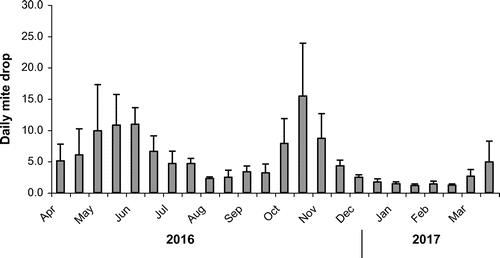
Figure 5. Damage to naturally falling mites in five colonies in North County Dublin collected daily over a ten-day period in October 2016 (total mite-fall 1,084). Mites, live (431 mites) and dead (653 mites) are each categorised (% ±SD) as intact, damaged idiosoma or damaged legs. Damage to idiosoma can be crushed/broken, while leg damage can vary from the removal of the tip or apoteles to multiple legs leaving empty sockets.
